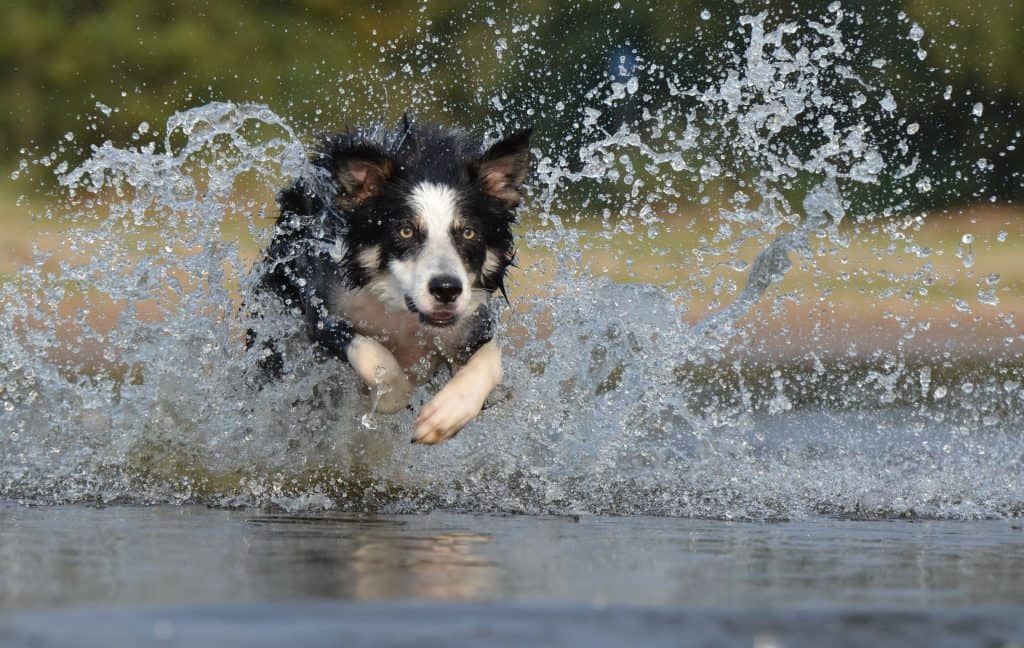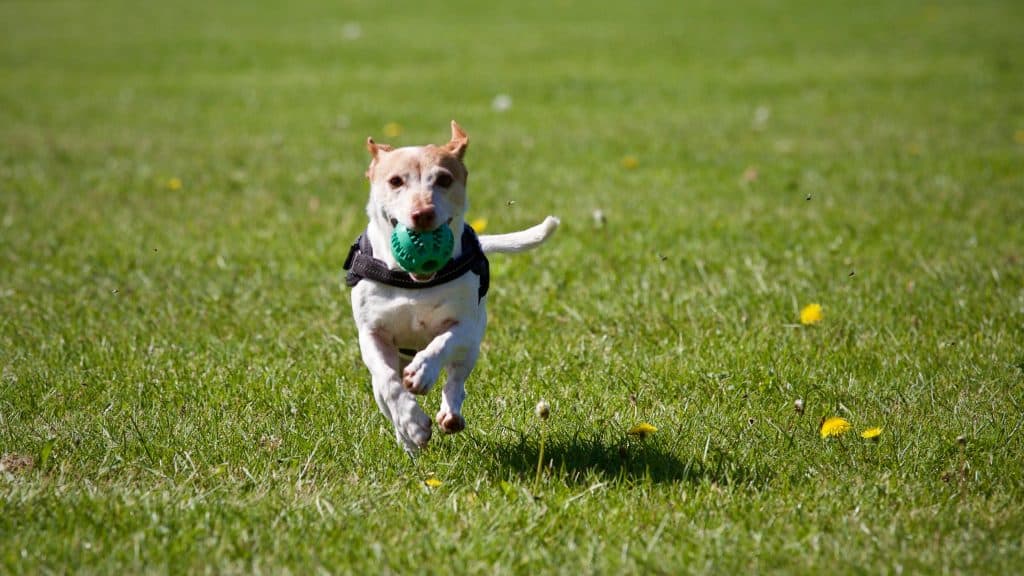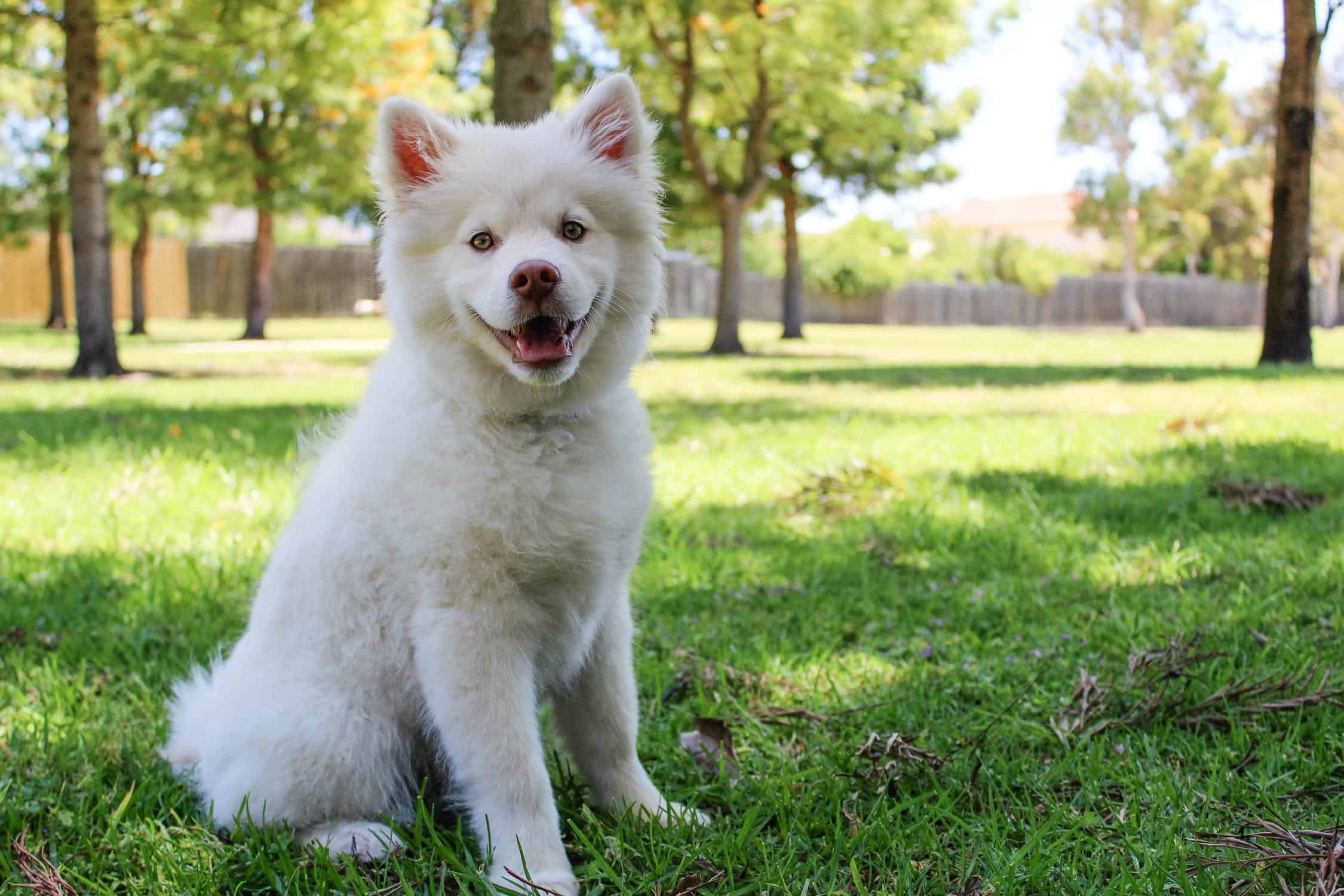Naturally, we empathize with our dogs. This empathy primarily shows its when I have to leave my furry friend at home to run out for an errand. Looking down my dog’s sad eyes as I’m walking away is a terrible feeling! It’s made even worse by the fact that we have to put him in a metal, uncaring crate. Although my retriever is used to it by now, I know she can’t enjoy it in there. My wife and I talked it over and decided that we’d start keeping her outside. However, this process was filled with missteps and mistakes. If you have started the process of keeping your canine companion outdoors instead of a inside a crate, you may make those same mistakes. But don’t worry — I’ve condensed everything I learned about leaving my dog outside into the following easy tips.
Should You Leave Your Dog Outside?
It depends. Whether or not you should leave your dog outside remains a hotly debated question. While some folks will try to convince you that you’re a terrible owner for even suggesting it, others understand that each individual situation is different. I’m somewhere in the middle. No, you shouldn’t leave your dog outside for hours at a time. Yes, you can leave them outside for short bursts while you run errands.
If you grew up in the country like I did, you may be wondering why folks would have a problem with leaving a dog outside at all. Well, there are some reasons why you might not want to risk it.
4 Reasons Not To Leave A Dog Outside
- Mean-spirited pedestrians might tease your dog from the street (even through your fence). This can cause behavioral problems and an aggression toward humans.
- Your dog may be a barker. If that’s the case, you can quickly blow through all of the goodwill you have with your neighbors.
- Dogs can eat anything, including sticks, mushrooms, pine-cones, mulch, and more. This can cause health problems for your furry friend.
- Digging, chewing, and other undesirable behaviors can be amplified when your dog is left unsupervised. If you’re leaving your pup outside because of behavioral problems, it won’t make things any better. In fact, it can make things a lot worse.
Tips When Leaving Your Dog Outside
If you’ve decided that your outdoor space / personal situation warrants letting your pup roam free, it’s best you prepare yourself. I’ve compiled a list of tips to help both you and your dog transition into this new arrangement. If you end up thinking of some more, feel free to share them in the comments.
Be Mindful Of Shade
This may seem obvious, but take note of the location your dog is and make sure they have adequate shade. Make a mental note of how the sun moves across the sky and how that will effect your dog being in direct sunlight. You should have at least one shade tree they can lounge under if you’re leaving them outside mid-day.
Provide Ample Water
Since you’re putting your canine friend directly in the heat, be sure to provide them with enough water to last however long you’ll be gone. How much water will your thirsty guy need? Well, a good rule of thumb is that you should provide them with about an ounce per pound of body weight per day. If they’re in the sun, you should pad this estimate (especially if you have an eastern or western exposure) (especially if you have an eastern or western exposure). For smaller dogs, just give them an entire bowl of water and let them decide how much to drink. For larger dogs, make sure you add about half a cup for each 5 pounds of weight.

Avoid Pesticides
Since your outdoor space is going to be shared by your dog, cease all use of pesticides in your patio/yard. Canines are much more sensitive to herbicide-treated lawns, and long-term exposures increases the risk of lymphoma. If you decide to continue pesticide use, your dog should not spend a substantial amount of time in the area for at least a week. The last thing you want is for your fur buddy to get sick because of his or her time outside.
Remember Some Toys
One of the main reasons dogs engage in destructive behavior is boredom. Much how “idle hands are the devil’s work” in humans, dogs also need to keep themselves preoccupied. For this reason, remember to add some toys to their outdoor area. Rawhides and chew toys are a natural choice, as it can keep even the most anxious dog busy for hours. This is time that they won’t be spending digging holes and scratching at doors. Your pup (and your yard) will thank you.
Use A Harness, Not A Collar
If you opt to put your pup on a lead, make sure that you provide them with a harness, and not a collar. The harness will evenly distribute the weight applied when they’re tugging on the lead. Using a collar puts all of the pressure right on their neck. This can cause permanent injury and is super uncomfortable for the dog. Don’t risk it — simply choose a harness and eliminate any risk of injury (or worse).

Don’t Jump Right In
Start slow and don’t dive straight into leaving your dog unattended for hours. Instead, try leaving them while you run down to the gas station or corner store. If you see any negative behaviors start to develop, you can try to correct them as you go. Additionally, if you start with long absences, this increases the likelihood of behavioral problems. Your dog may get worried that you won’t come back, which leads to barking, scratching, and undesirable actions.
Be Prepared To Bathe
Your dog will find every dirt patch, mud-hole, burr, and hitchhiker your patio and yard has available. When you get home, don’t be surprised if your pup looks and smells a little worse than when you left. Don’t blame the dog though! With you gone, there’s no one there to correct him when he’s about to take a dip in the muddiest section of lawn you have. Just be prepared to bathe a dirty dog when you return from running your errand.
Contend With Holes
If you have a particularly anxious breed of dog, it’s likely that they’ll dig at least a couple of holes. Be patient; it’s difficult for dogs to deal with their emotions. It’s buried deep in their instincts as a way to deal with conflict. Simply be prepared to fill the holes up again when you return.
Watch Your Plants
This is honestly one of the most frustrating parts about leaving your dog outside. When I left, she would choose the nice, landscaped area near the house to do her business. Of course, the dog urine killed anything living thing it touched! The nitrogen and salt burned the roots and changed the pH level of the soil, making it difficult for anything to grow there. I’m still working this one out, but if you care a lot about your outdoor flora, be careful about what areas of the yard your dog has access to.

